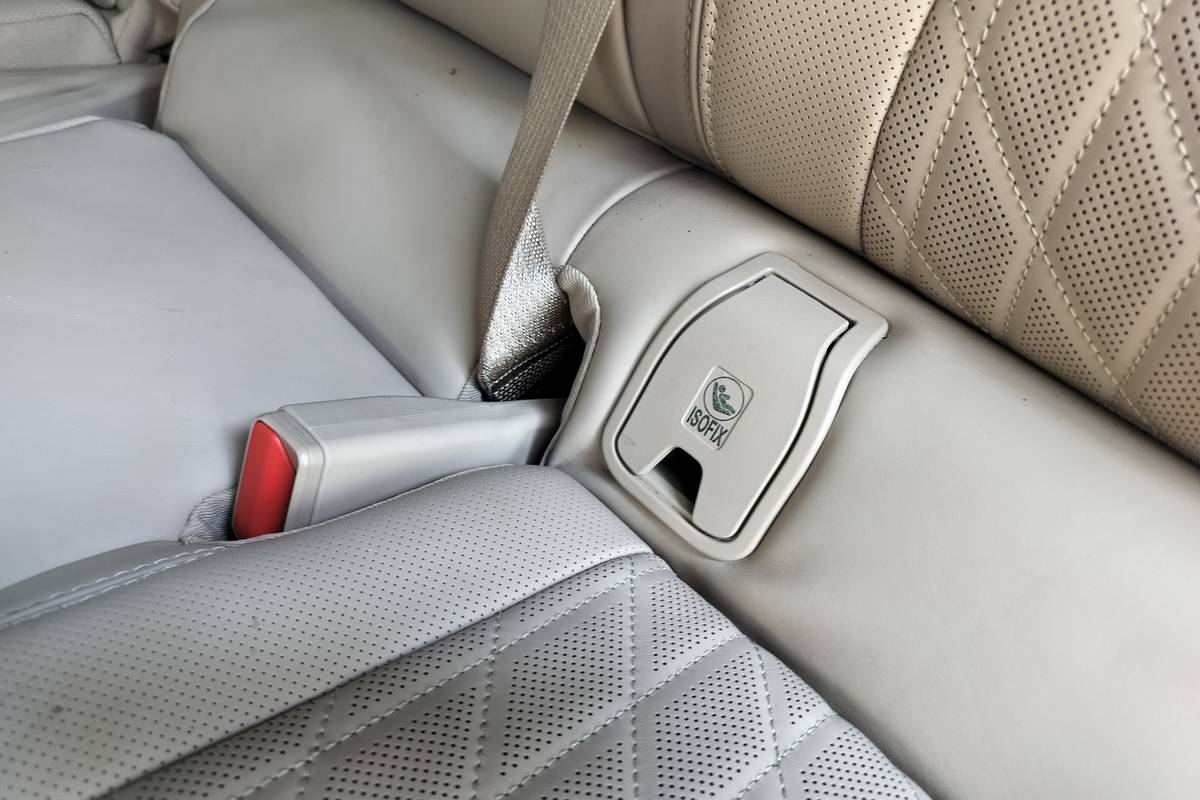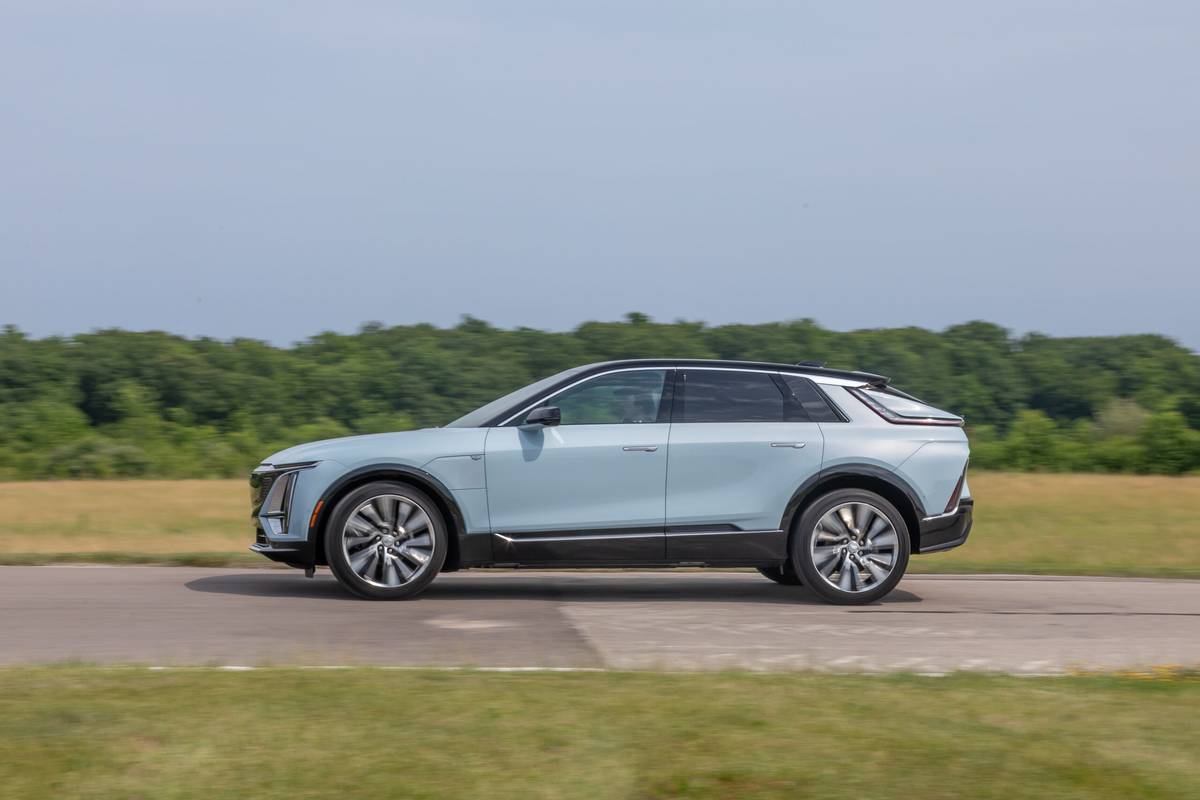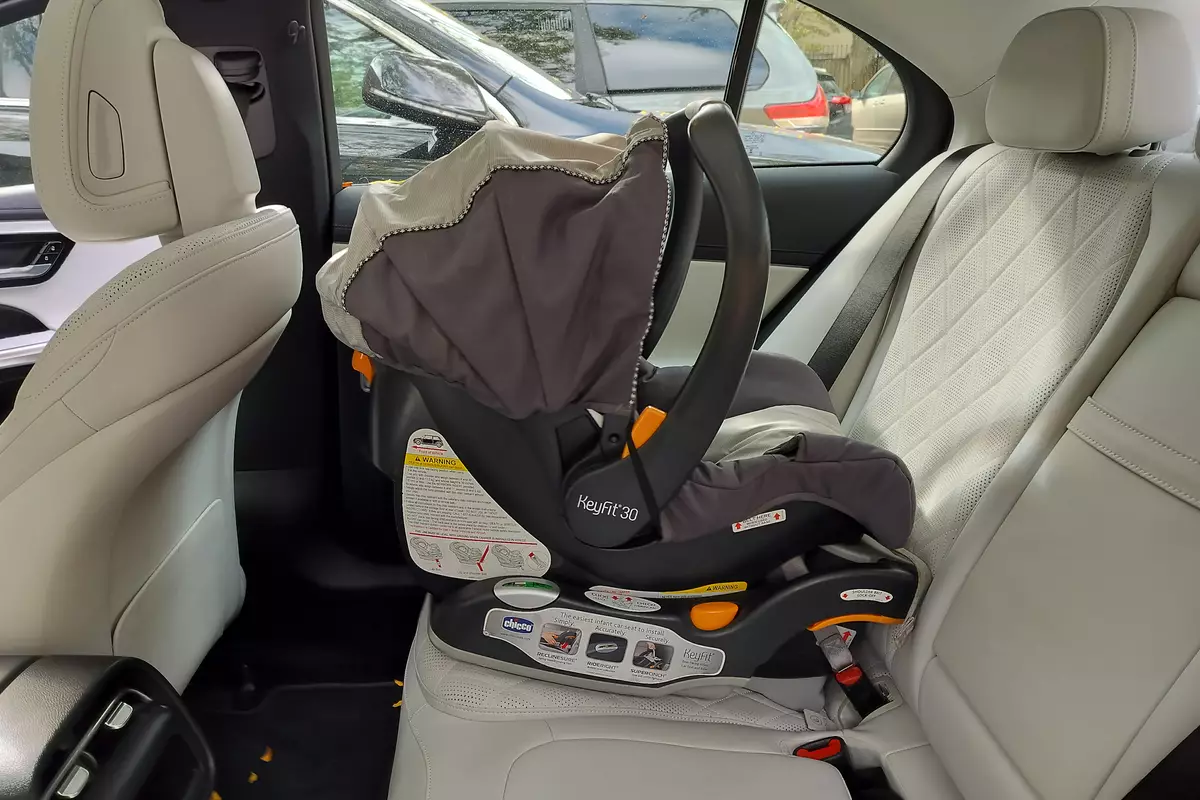chicagotribune.com's view
Will the MPV become Mazda`s MVP?
The MPV is the Japane se automaker`s new multipurpose vehicle, which in laymen`s terms means it`s a mini-van that will compete with the likes of the Dodge Caravan, Plymouth Voyager, Ford Aerostar and Chevy Astro, to name a few. Mini-vans have grown from nothing before Lee Iacocca decided to make one out of a K-car to more than 700,000 units annually today. Forecasters estimate more than 1 million sales annually within two years.
The MPV is somewhat a hybrid. It was designed at Mazda Motor Corp.`s new styling studio in California, is being built in Japan, but will be sold only in the United States. Mazda expects to sell 40,000 units in 1989, with sales limited only by availability from Japan.
The MPV is built on a 110.4-inch wheelbase and is 175.8 inches long, which compares with a 112-inch wheelbase and 175.9-inch length on a Dodge Caravan.
Styling is similar to Caravan`s, including an extended hood that serves two purposes: It allows access to the engine for service and provides the driver with the security of having some size and weight ahead in the event of a collision.
Though it looks a lot like the Caravan, Mazda made a dramatic departure from its mini-van rival by offering a hinged, swing-open side door rather than the traditional slide-open variety.
With the swing-open side door there`s not all the rail hardware clutter along the body. And there`s no rail to catch moisture and grime. But without a slide-open door you can`t park close to other vehicles and enter or exit as conveniently as in the typical van.
However, the swing-open, slam-shut door has a major advantage over the sliding unit, as pointed out by No. 1 daughter Gina.
“When you close a sliding door you aren`t always sure it`s totally shut,“ she noted.
How many van owners have waited patiently as the kids try 10 times to get the leverage to close the sliding door. Finally, either mom or dad gets a one- block running start, grabs the door and slides it shut so hard that the force knocks the rust off the muffler.
Great touch by Mazda.
Another appreciated feature in the 7-seater version we test drove is that the third seat folds up and slips behind the second seat. When you need to increase cargo capacity in other mini-vans you have to remove the third seat, perhaps an easy task for Olympic weightlifters but a chore for those whose weight has settled and needs lifting.
And for those traveling with little ones, both the second and third seats fold down easily for conversion into one long bed that fills the rear cargo area.
But Mazda needs some work on those seats. To convert them to beds first requires sliding the second seat to directly behind the front seat. Yet the second seat bottom doesn`t always latch when slid, which means making several attempts before it does. Shouldn`t be.
Another drawback is that there`s a slight incline in the middle of the bed where the back of the second seat meets the bottom of the third seat. The seat-belt arrangement allows kids to be fastened when lying down.
The MPV comes with a fuel-injected, 2.6-liter, 12-valve, 4-cylinder engine as standard. The same 3-liter, fuel-injected, 18-valve V-6 as offered in the luxury 929 sedan is a $600 option. A 5-speed manual is standard and a 4-speed overdrive automatic is a $700 option with the four, a $750 option with the V-6.
The four develops 120 h.p., the V-6 150 h.p. The EPA rating ranges from 20 m.p.g. city/24 m.p.g. highway with the 2.6 and manual to 17/22 with the V-6 and automatic.
The van we drove was equipped with the V-6 and automatic, a powerful, smooth and quiet combination.
A mode selector on the gear-shift selector lets you operate the transmission in power or economy modes. In the power mode, shift points are at higher rpms to improve acceleration.
The suspension features MacPherson struts in front and a live axle with five links and coil springs at the rear to absorb road harshness. There also are antiroll bars front and rear for flatter cornering. If you add the optional trailer-towing package you then can get an automatic load-leveling system to maintain even vehicle height under varying loads.
MPV ride and handling was very car-like. Maneuverability for a 3,600- pound machine is enhanced in part by speed-sensitive power steering that increases the boost at low speeds, reduces it at high speeds.
It helps, also, that the driver sits behind the front axle and not directly over it like in the Toyota mini-van, in which the driver feels every bump and tar mark in the road.
In driving the vehicle from Michigan to Illinois in a blinding rainstorm with gusty winds, the van held its position on the road even when semis decided a few inches of water on the windshield and pavement wasn`t going to stop them in their appointed rounds.
MPV is a rear-drive unit like Aerostar and Astro, and unlike the FWD Caravan and Voyager. Mazda said it chose RWD to increase towing capability up to 4,300 pounds.
In March, Mazda will begin shipping a four-wheel-drive version of the MPV to the United States, aimed specifically for the Midwest snow belt. Only 2,000 will be available the first year, but numbers will be increased sharply after that and officials estimate at least 20 percent of the MPVs sold here will be 4WD in the second year.
The all-wheeler will allow engaging 4WD with a button and not require having to lock the hubs.
Other noteworthy MPV features include a lightweight rear hatchback lid for easy entry when burdened with groceries or luggage, and an extended nose up front so that you need only lift the hood for easy service and maintenance access to the engine. Unfortunately, the hood is a prop-held job and the oil filter is buried.
Inside, controls are easy to see, reach and use. Rear wiper/washer, rear window defroster and hazard lights have push-button controls flanking the steering wheel.
A nice touch is the fold-away dual cup holder located alongside the front passenger seat, as well as cup holders located inside a stowage compartment in the rear wall for the kids. Adults can use those rear-seat cupholders, too, since there`s surprisingly ample leg, head and arm room in back.
Outside, front and rear bumpers are plastic coated and rocker panels have plastisol protection against stone chips. Wide bodyside moldings guard against scars. Body panels feature two-sided galvanized metal, which means no need to rustproof.
Among standard equipment items there are power brakes and steering, rear window wiper/washer/defroster, AM-FM stereo radio with clock, tilt wheel, trip odometer, electric-powered dual mirrors, tinted windshield and all-season steel-belted radials.
MPV is offered in a 2-seat cargo version and 5- or 7-seat passenger models. The cargo van starts at $10,989, the 5-passenger at $12,909 and the 7- passenger at $13,759. The 4WD version will run $2,000 to $3,000 more than the RWD-only models.
Latest news



